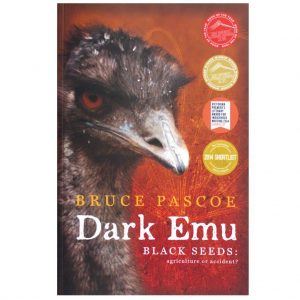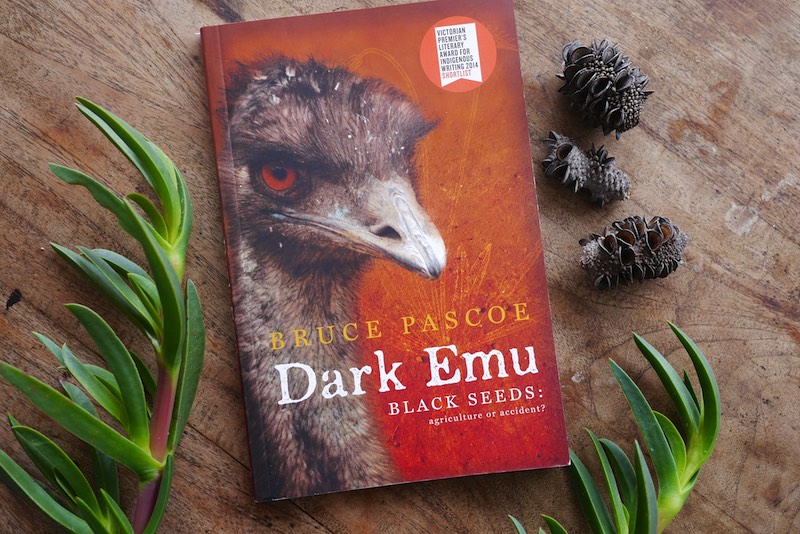

The two live King Island specimens were kept in the Jardin des Plantes, and the remains of these and the other birds are scattered throughout various museums in Europe today. They had arrived on King Island in 1802 with Nicolas Baudin's expedition, and in 1804 several live and stuffed King and Kangaroo Island emus were sent to France. Seven to nine eggs were laid, which were incubated by both parents.Įuropeans discovered the King Island emu in 1802 during early expeditions to the island, and most of what is known about the bird in life comes from an interview French naturalist François Péron conducted with a sealer there, as well as depictions by artist Charles Alexandre Lesueur. The nest was shallow and consisted of dead leaves and moss.

They ran swiftly and could defend themselves by kicking.

The birds gathered in flocks to forage and during breeding time. The behaviour of the King Island emu probably did not differ much from that of the mainland emu. baudinianus) in a number of osteological details, including size. The subspecies was distinct from the likewise small and extinct Kangaroo Island emu ( D.

It was black and brown and had naked blue skin on the neck, and its chicks were striped like those on the mainland. The King Island emu was the smallest of all known emus and had darker plumage than the mainland emu. The small size of the King Island emu may be an example of insular dwarfism. diemenensis), as they belonged to a single population until less than 14,000 years ago when Tasmania and King Island were still connected. Its closest relative may be the extinct Tasmanian emu ( D. The King Island emu ( Dromaius novaehollandiae minor) is an extinct subspecies of emu that was endemic to King Island, in the Bass Strait between mainland Australia and Tasmania. Dromaius diemenianus (Morgan & Sutton, 1928).


 0 kommentar(er)
0 kommentar(er)
